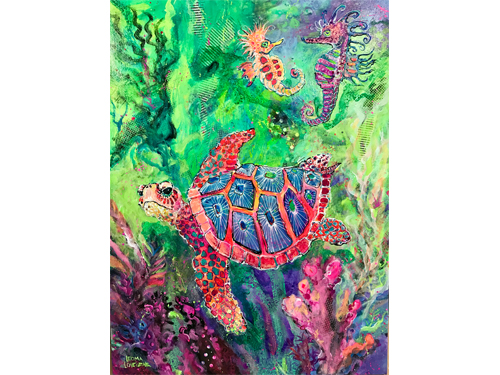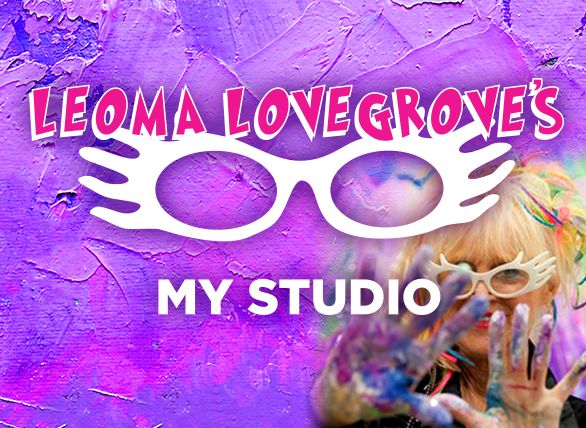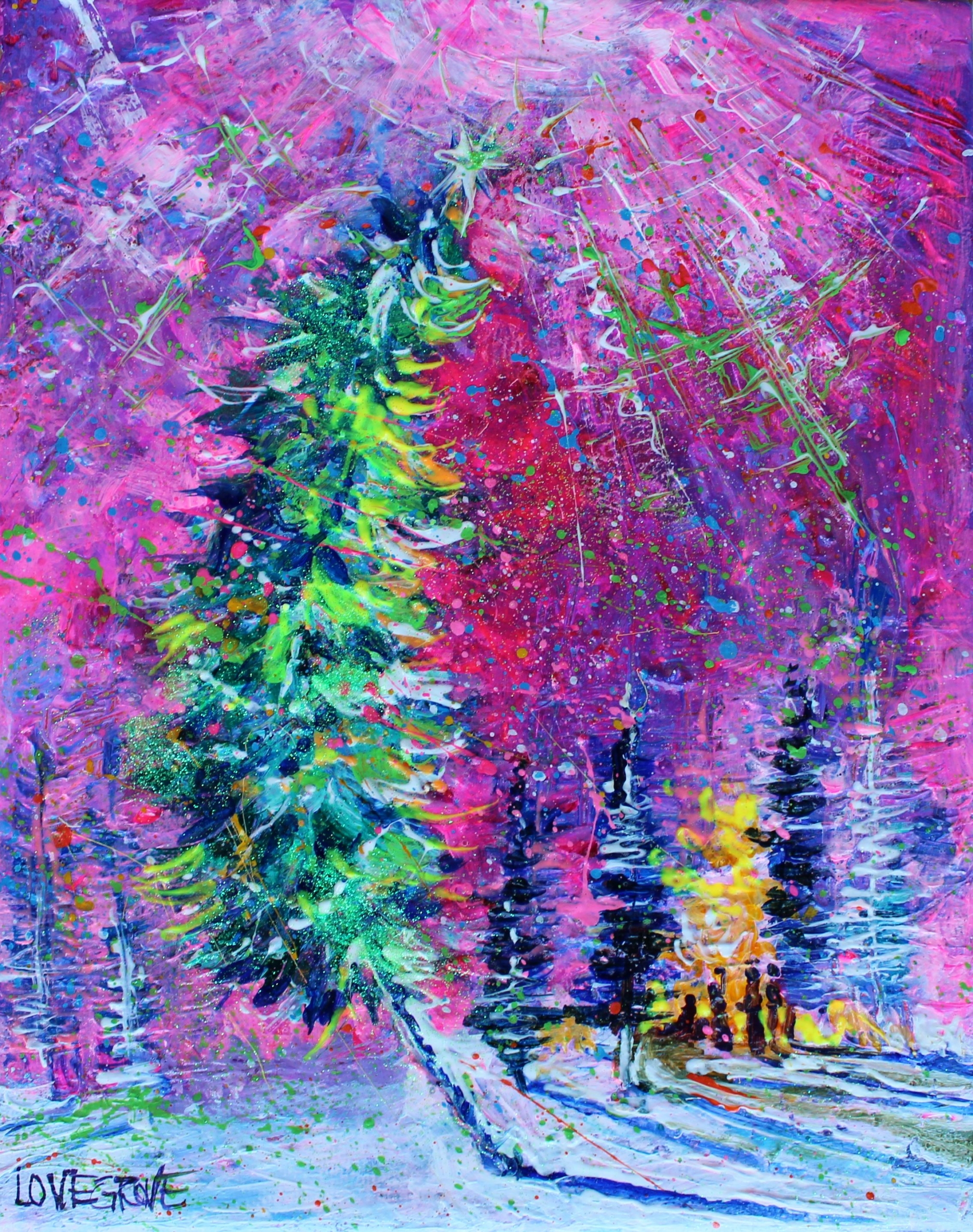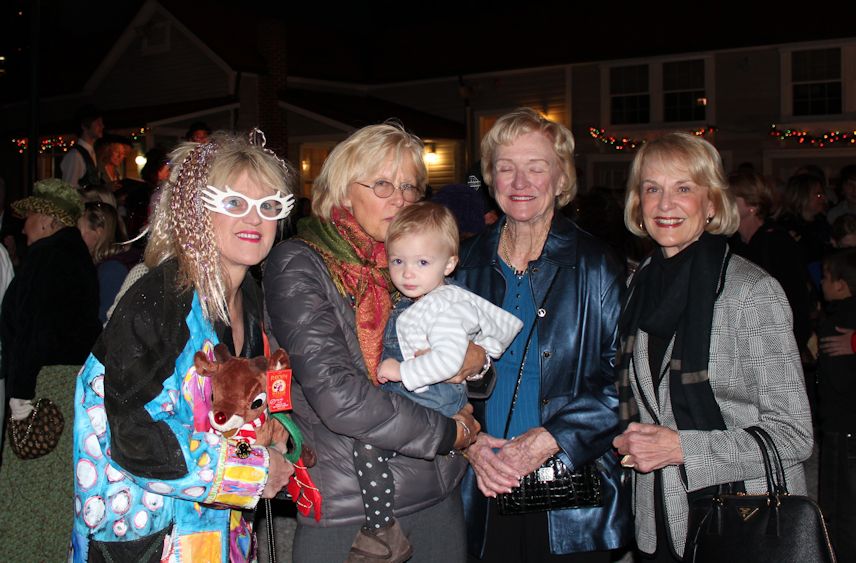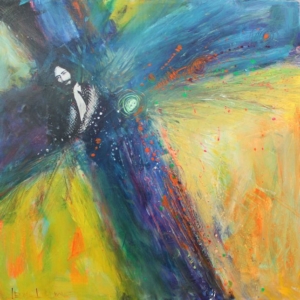 For today’s edition of Throwback Thursday, I’m going to reflect on Imagine. Last Wednesday, it received the Centennial Song award from the National Music Publishers Association.
For today’s edition of Throwback Thursday, I’m going to reflect on Imagine. Last Wednesday, it received the Centennial Song award from the National Music Publishers Association.
Imagine has been called the most recognizable and universally appealing song that Lennon ever released. So it’s not a surprise that it was chosen as the Song of the Century. What was surprising, though, was that in announcing the award, the NMPA recognized Yoko Ono as the anthem’s co-writer.
I’ve written before that I never bought into all that nonsense about Yoko causing The Beatles to break up. Not only has Paul McCartney acknowledged that on multiple occasions, he’s also stated that but for Yoko, there’d likely have been no Imagine.
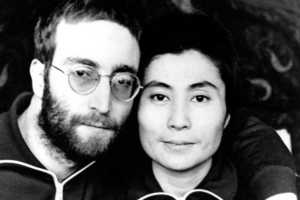 But giving Yoko credit as the song’s co-writer isn’t a mere matter of speculation. John said as much before his murder nearly 37 years ago.
But giving Yoko credit as the song’s co-writer isn’t a mere matter of speculation. John said as much before his murder nearly 37 years ago.
“Actually [Imagine] should be credited as a Lennon-Ono song because a lot of it — the lyric and the concept — came from Yoko,” John said in a BBC interview. “But those days I was a bit more selfish, a bit more macho, and I sort of omitted to mention her contribution. But it was right out of Grapefruit, 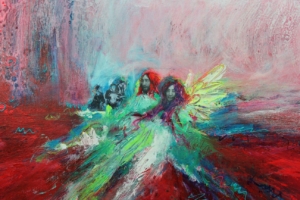 her book. There’s a whole pile of pieces about ‘Imagine this’ and ‘Imagine that.’ I know she helped on a lot of the lyrics, but I wasn’t man enough to let her have credit for it. I was still selfish enough and unaware enough to take that contribution without acknowledging it.”
her book. There’s a whole pile of pieces about ‘Imagine this’ and ‘Imagine that.’ I know she helped on a lot of the lyrics, but I wasn’t man enough to let her have credit for it. I was still selfish enough and unaware enough to take that contribution without acknowledging it.”
I sympathize with Yoko. It’s hard for a woman to gain the recognition she deserves in both the visual and performing arts.
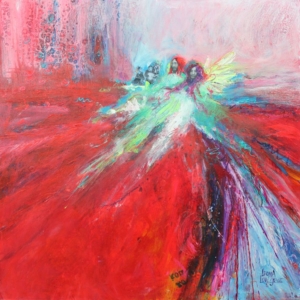 Are you aware that every one of the top auction sales last year was by a male artist? Of the 2,300 works of art in the permanent collection of the National Gallery in London, only 11 are by female artists. It’s no better at The Met. Less than 5% of the artists in the modern art section are women.
Are you aware that every one of the top auction sales last year was by a male artist? Of the 2,300 works of art in the permanent collection of the National Gallery in London, only 11 are by female artists. It’s no better at The Met. Less than 5% of the artists in the modern art section are women.
“Whether they were Renaissance portrait artists, 20th century photographers, or even modern day graffiti artists, women in the visual arts have faced overwhelming discrimination throughout history,” notes art critic Shelley Mosley. “They were discouraged from painting. They were forbidden to enter the arts guilds or arts academies. Their beautiful pieces of art were dismissed as ‘women’s crafts,’ (needlework, textile arts, etc.). T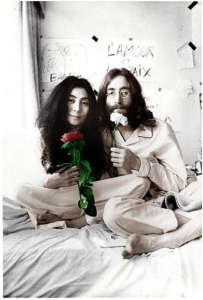 hose rare women trained by their fathers or brothers often saw those same family members take credit for the women’s paintings. Just like women authors had to publish under a man’s name (i.e. Pearl S. Buck as John Sedges), women artists often signed their masterpieces with a masculine pseudonym.”
hose rare women trained by their fathers or brothers often saw those same family members take credit for the women’s paintings. Just like women authors had to publish under a man’s name (i.e. Pearl S. Buck as John Sedges), women artists often signed their masterpieces with a masculine pseudonym.”
I don’t want to belabor or bemoan the situation.
I just wanna the National Music Publishers Association an attaboy for correcting the record and giving Yoko Ono credit for her contributions to Imagine, the song of the century!
